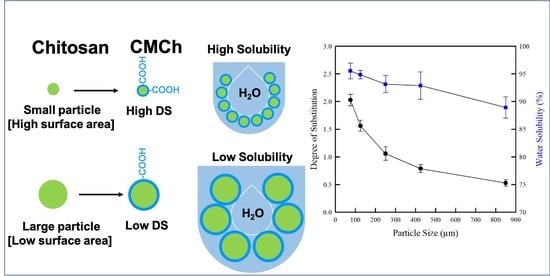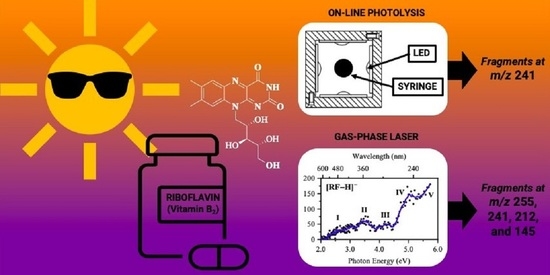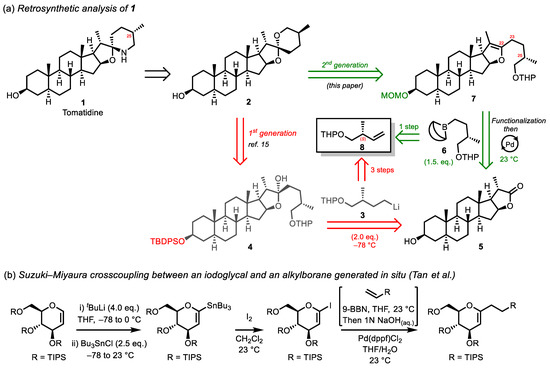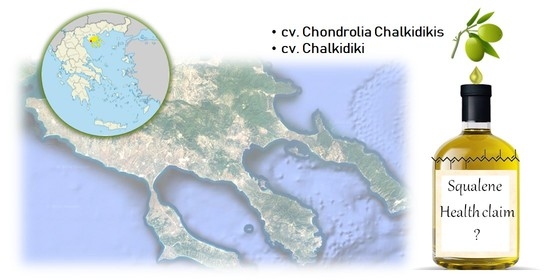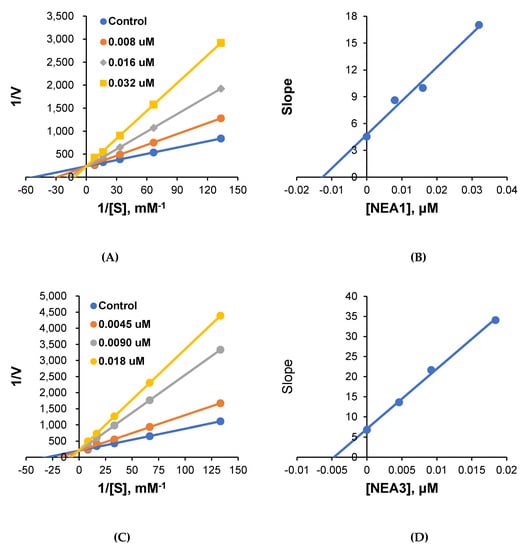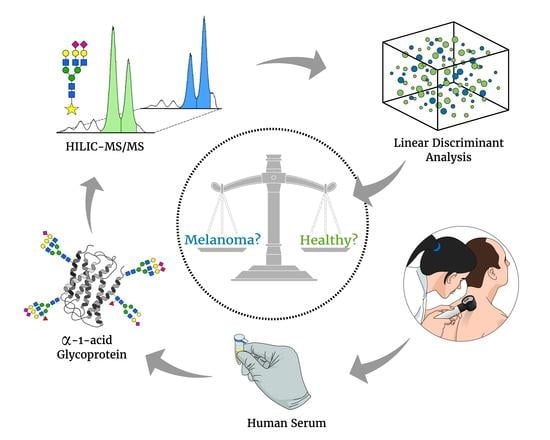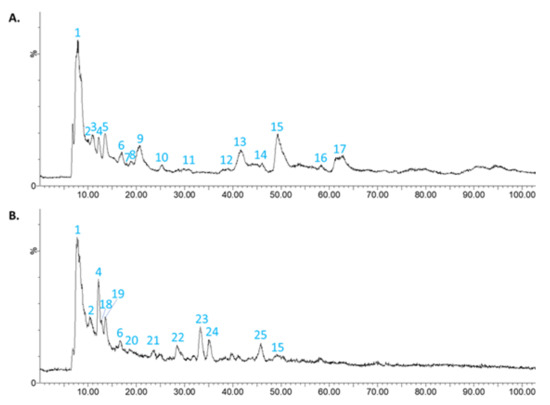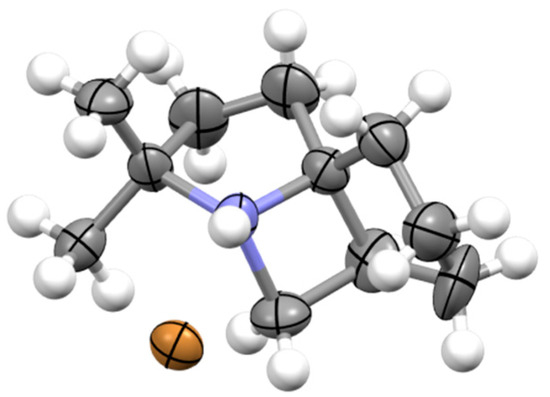Molecules 2021, 26(19), 6014; https://doi.org/10.3390/molecules26196014 - 3 Oct 2021
Cited by 9 | Viewed by 3031
Abstract
Using bamboo powder biochar as raw material, high-quality meso/microporous controlled hierarchical porous carbon was prepared—through the catalysis of Fe3+ ions loading, in addition to a chemical activation method—and then used to adsorb copper ions in an aqueous solution. The preparation process mainly
[...] Read more.
Using bamboo powder biochar as raw material, high-quality meso/microporous controlled hierarchical porous carbon was prepared—through the catalysis of Fe3+ ions loading, in addition to a chemical activation method—and then used to adsorb copper ions in an aqueous solution. The preparation process mainly included two steps: load-alkali leaching and chemical activation. The porosity characteristics (specific surface area and mesopore ratio) were controlled by changing the K2CO3 impregnation ratio, activation temperature, and Fe3+ ions loading during the activation process. Additionally, three FBPC samples with different pore structures and characteristics were studied for copper adsorption. The results indicate that the adsorption performance of the bamboo powder biochar FBPC material was greatly affected by the meso/micropore ratio. FBPC 2.5-900-2%, impregnated at a K2CO3: biochar ratio of 2.5 and a Fe3+: biochar mass ratio of 2%, and activated at 900 °C for 2 h in N2 atmosphere, has a very high specific surface area of 1996 m2 g−1 with a 58.1% mesoporous ratio. Moreover, it exhibits an excellent adsorption capacity of 256 mg g−1 and rapid adsorption kinetics for copper ions. The experimental results show that it is feasible to control the hierarchical pore structure of bamboo biochar-derived carbons as a high-performance adsorbent to remove copper ions from water.
Full article
(This article belongs to the Special Issue Barrier and Functional Materials from Waste Materials for Pollutants)
►
Show Figures

